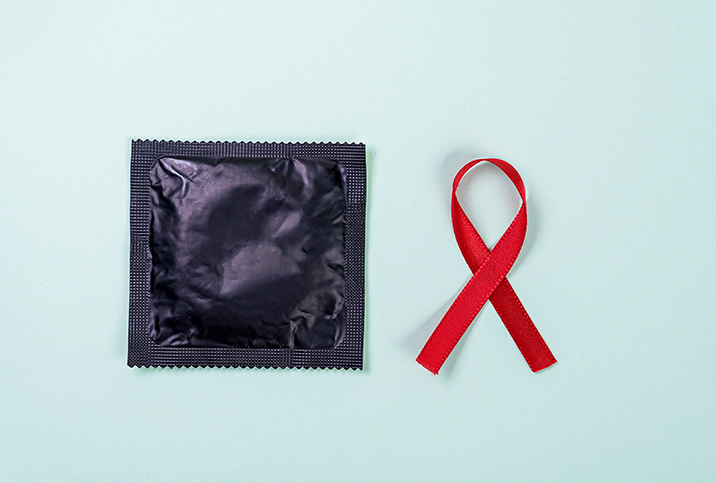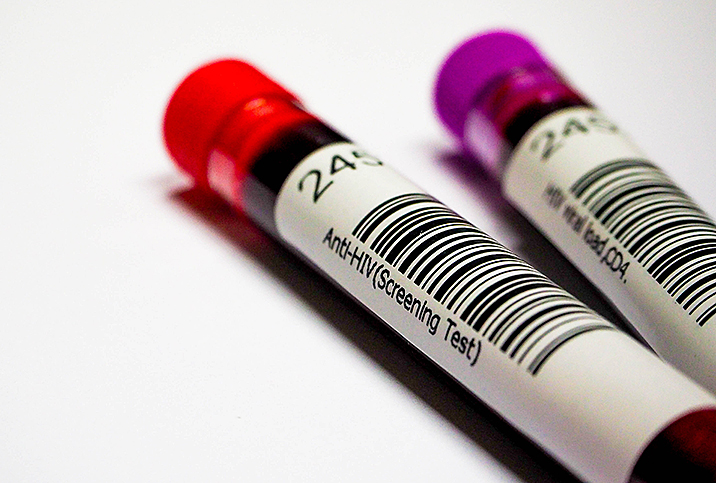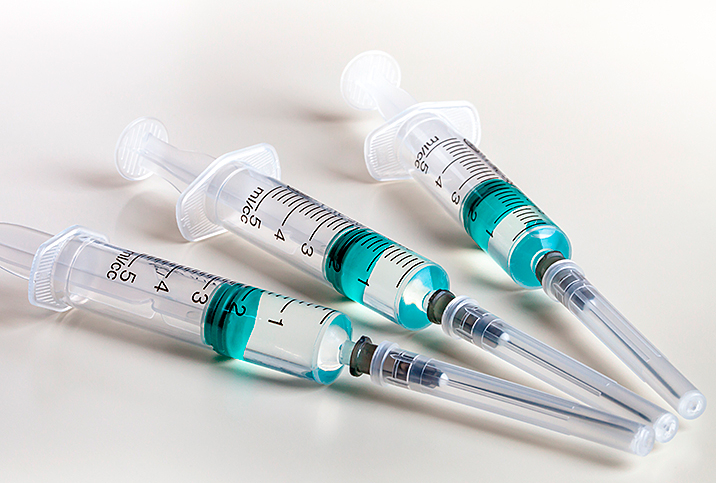What Does a Successful RNA Vaccine Mean for Current HIV Patients?

HIV/AIDS and COVID-19 may not seem to have a lot in common, but the relatively rapid development and distribution of the latter's vaccines compared to the stalled and disappointing parallel efforts concerning a vaccine for HIV over the last 40 years begs a discussion.
Scientifically speaking, what is it that makes HIV so much harder to vaccinate against than other infections? How does the effort to create an HIV vaccine compare to other research efforts of the late 20th and early 21st centuries? And perhaps most important: Do successful COVID-19 vaccines use techniques or technologies that may benefit treatment or prevention options relating to HIV?
Why an HIV vaccine is so elusive
HIV has three inherent traits that make it difficult to vaccinate against:
- Replication: Once inside the body, HIV replicates itself with a frequency and efficiency that has presented distinct challenges to treatment and vaccine development. Modern treatments mitigate the ability of the virus to spread inside the host body, but HIV's other survival tools are extremely challenging.
- Variation: Treatments for the everyday management of HIV are able to account for variations and minimize the effects of infection in a person receiving regular care. So far, vaccines have been unable to replicate the success of treatments in terms of prevention.
- Concealment: Antibodies recognize viruses by way of glycoproteins, which help the viruses enter bodily cells. The HIV virus has evolved a glycoprotein structure that can protect itself from being recognized by antibodies in the body of the infected host. This prevents the antibodies from combating the virus.
In other words, we can describe HIV cells in the body as being covert, self-replicating soldier-spies with an intense range of dangerous skills on a microscopic level. Upon infection, HIV buries itself in the deepest fundamental parts of the human body (DNA) and replicates with unparalleled efficiency.
The hiding and multiplying are challenging obstacles on their own, but the real problem is current vaccine techniques can't yet contend with the level of strain variation in HIV.
Perhaps doctors could treat prominent strains of HIV in individuals with a targeted vaccine, but the unpredictable, untargeted strain variations waiting dormant inside the patient's DNA make the distribution of an absolute vaccine effectively useless in combating the virus on a large scale. Because there are thousands of strains circulating within the population, developing a comprehensively effective vaccine is tremendously challenging for researchers.
Research by the numbers
Creating an HIV vaccine poses unique intellectual, resource and financial challenges that are not the same as those for the COVID-19 vaccine process. The decades of exploratory work done to discover a vaccine option to address HIV certainly helped shortcut a lot of the groundwork for COVID-19 vaccines, not to mention the COVID vaccine push received an unparalleled global effort from medical and scientific communities.
However, putting numbers up on the board should help expand and elaborate the subtext and context of the efforts to vaccinate against each virus.
Spending
Reports on government spending for the development of the COVID-19 vaccines vary, but estimates by organizations like the Congressional Research Service tend to hover around $20 billion. The Congressional Budget Office recently announced that the Biomedical Advanced Research and Development Authority (BARDA) spent $19.3 billion on vaccine development.
By comparison, a paper for the National Bureau of Economic Research (NBER) put estimated HIV vaccine research and development spending at approximately $15.3 billion, with about 80 percent ($12 billion) coming from the public sector in the form of government dollars. That number might seem fairly comparable to $20 billion with the COVID-19 death toll still fresh in our minds, but the $12 billion spent on HIV vaccine research was spread out over a 19-year period from 2000 to 2019, according to that same paper published for NBER.
Chronology
The COVID-19 timeline and the numbers associated with it are probably pretty familiar to most people. At the time of writing, a little more than a year after the pandemic first shut down the country and created a national alert, the CDC reports slightly fewer than 33 million confirmed cases and approximately 587,000 deaths in the U.S. alone. Over the past year, we've seen hospitals overflow and entire industries collapse as a result of the health and economic crises this pandemic has created.
We now have multiple vaccines available, and restrictions are being lightened nationwide, reflective of the country's optimism about the pandemic.
HIV became a public health crisis in the United States before we even knew what it was. AIDS was recognized as a new disease in 1981, and HIV was identified in 1984, according to the CDC. At the time, Department of Health and Human Services Secretary Margaret Heckler declared an AIDS vaccine would be ready for testing within two years. Almost four decades and multiple vaccine efficacy trials later, we still have no vaccine.
The Kaiser Family Foundation reported in 2019 that more than 700,000 American AIDS patients had died since the start of the AIDS crisis. According to HIV.gov, an estimated 1.7 million people were diagnosed with new HIV cases in 2019 alone.
These numbers paint only a part of the picture, as factors like additional spending from the government on AIDS-related issues and philanthropic/private sector spending on R&D should be taken into account, along with the aspect of gray areas in scientific and especially social progress over time.
It's also worth noting again that past research working toward an HIV vaccine has given the collaborated global effort toward a COVID-19 vaccine a massive leg up in terms of early research and development.
What mRNA vaccines mean for HIV
Messenger RNA, or mRNA, vaccines have been conceptualized and tinkered with for about two decades, according to the CDC, but they have only seen global distribution in the wake of the COVID-19 pandemic.
Instead of introducing inactive or weakened versions of a virus to stimulate an immune response in the body, mRNA vaccines deliver a message in the form of genetic coding that then instructs the body to produce the desired immune response. It is a revolutionary technology, which allows the body's natural defenses to work in collaboration with our scientific understanding of genetics and the human immune system.
Up until now, the science simply hasn't been developed enough to make vaccine development and distribution of this kind a reality. A collaborative effort by the scientific community preceding the emergence of the novel coronavirus is what made the mRNA vaccine possible.
There is significant hope the same vaccine strategy can be effective in addressing the HIV/AIDS crisis, but HIV is more relentless, more versatile and more deceptive than most other viruses. In order for mRNA vaccines to be effective against HIV, they will have to overcome a significantly greater set of challenges than those present in enveloped viruses like COVID-19.
There is no timeline that presents immediate optimism for the development of an HIV vaccine—it's understandable the scientific community might not want to project unearned confidence. However, with companies like Pfizer posting record profits due to the COVID vaccine, we might be able to hold out hope for more funding and further investigations into the mRNA methodology.


















